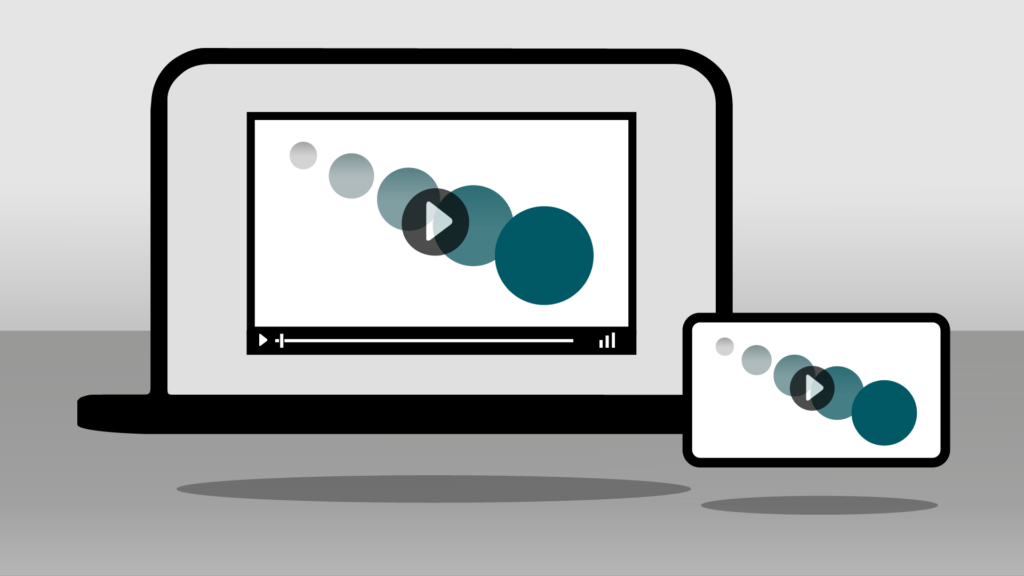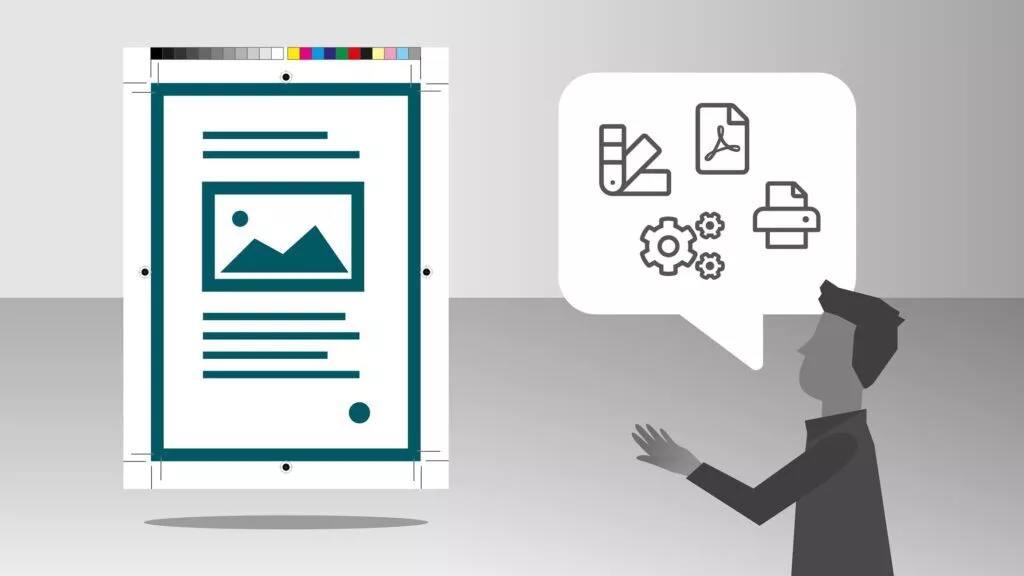… And: Yes, one still needs them!
The Story of the Business Card
In earlier times the business card was a matter of decorum: The visiting card was taken by service staff and given to the head of the household. The card served to communicate preinformation about the visitor. If the master of the house was not available, then the card confirmed the unsuccessful visit. For royal events, the visiting card was provided to the master of ceremony for the official announcement of the guest.
For this reason, only name, occupation and title were displayed in the past. For aristocratic individuals, as well, the family coat of arms. Other information, such as the address, became first customary in the 20th century.
Today business cards are primarily presented in the business environment in first meetings (e.g. trade fairs, conferences, meetings …) and most importantly serve self-promotion. The card transfers essential information and creates the first impression. It is common knowledge that this is impressive and memorable. If the card demonstrates high quality – graphically and also in paper quality/varnish – this impression positively influences the entire further contact.

What information should be available on a business card?
Short and sweet: the Essentials!
Essential are:
Company data: Company name, logo, address, general telephone number (if existing), general email address (if existing), website-URL, brand name(s) (if existing)
Personal data: Title, first and last name, title following (if existing), position description (except for One-Person-Enterprise), mobile number, landline with specific phone extension (if existing), personal email address
Further components could be:
- Claim (or slogan)
- Business hours
- Personal photo (e. g. portrait)
- Personal quote
- Hotline telephone number
- Social media icons of platforms where the company is represented, as well as special hashtags
- QR code to scan for smartphones – e. g. URL of the company or entire b-card
- Service offerings
QR-Code
Today it is possible to entirely omit the business card and only work with QR-Code on the mobile phone. You can construct such codes from your information that can then be scanned by other mobile phones (from your display). In this case, you give away the chance to make a lasting impression with a lovely, visually and haptically designed card.
TIP: Business cards including QR-Code for scanning of the V-Card (electronic business card data) are not only practical, but also up-to-date. State-of-the-art smartphones do not require an extra App for scanning – the phone camera is sufficient.
Format
The standard format is 85×55mm (similar to bank card format 86×54mm). Furthermore, there are even more possiblilties – e. g. square (55×55mm, 69×69mm …) or custom-made products. With format, it is however advisable to stay within normal limits, as the cards are usually carried in little boxes. It is advantageous when exchanging cards for the own card to fit in the etui of the counterpart. Otherwise the card might be easily lost.
TIP: If a lot of information needs to be transported, one can utilize folded business cards, offering double so much space for infos.
Paper Quality and Haptic
Tactility, how a business card feels, is sometimes not perceived consciously. It can definitely make an outstanding impression if the tactile stimulation is attractive or interesting. This experience strongly correlates with the paper resp. carton utilised, as well as the chosen coating. From diverse kinds of natural paper, recycling paper, art print carton, chromo-sulfat carton, carton with metallic effect up to special textured premium paper– there is a wide spectrum of possibilites.
TIP: No worry, you do not need to know all paper/carton types. Ask your printing shop. With their assistance, you can examine sample business cards or paper samples and convince yourself about paper quality and haptic.
Trend: Sustainability
The global trend is also discernable in this area: Many printing companies offer a large range of unbleached natural- or recycling paper and carton. Some even offer the possibility to compensate for CO₂ exhaust, effected by raw materials and printing, with a small contribution.
TIP: Invest in the developement of a business card concept, as well in thorough preparation and control. Avoid unnecessary printing due to errors.
Trend: Extraordinary Solutions
Individuality is called for – and this is aptly demonstrated by business cards. The prerequisite is a professional concept tested for Corporate Identity appropriateness. Especially creative are e.g. chocolate business cards for a pastry shop or business cards of wood for a lumber mill.
Trend: Cards with NFC-Chip
You might already have a debit card with a NFC chip used for touchless paying. The »Near Field Communication« technology can also be used for transmitting contact data. There are suppliers which produce individually stylable cards of plastic or bamboo. The advantage: You just need to hold your card close to the mobile of your dialogue partner to transmit your contact information. The disadvantage: These cards are more expensive than conventional ones made of paper. Therefore you wouldn’t give them away as easily. This might reduce spreading your contact data to other persons.
Trend: Finishing
You can also express that »special something« and generate attention with special refinements on the business card. Partial UV- or relief lacquers conjure a beautiful shiny effect, which is also haptically interesting. Further possibilities offer the application of hot foils (e.g. silver, gold, hologram foils), as well as additional special colors (e. g. gold, silver).
TIP: Particularly noble is the effect of business cards with Letterpress. The relief, which is embossed in the cardboard, is optically attractive and also has an appealing tactile quality.
However you want to make your business cards special,
I am happy to support you and look forward to your inquiry!




